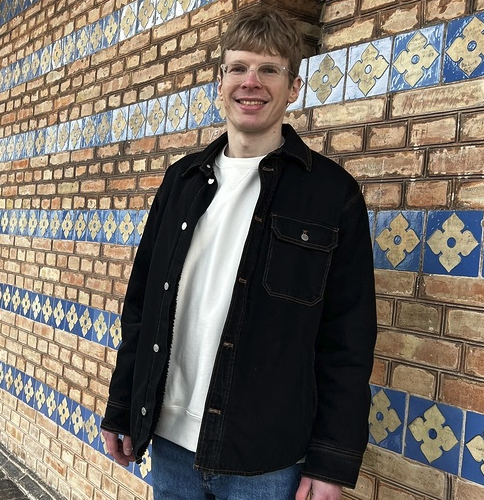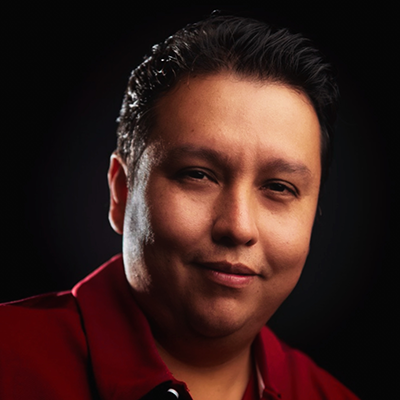A core piece of Aurora’s technology is the Aurora Engine smart contract, which is an Ethereum Virtual Machine (EVM) implementation deployed as a smart contract on Near. Therefore, Aurora sits at the intersection of both EVM and Near runtimes. It naturally draws us to think about comparisons between EVM and Near.
For example, the concept of “gas” exists in both the EVM and Near’s runtime. The reason is because of the famous halting problem, which says we cannot know in advance if an arbitrary computer program will finish in a finite time. In the context of a smart contract platform, this means we must measure (and limit) the computation the contract does at runtime. In both the EVM and Near, “gas” is the unit that is used to measure the computational work done by a smart contract.
Even though EVM gas and Near gas both measure the same thing, they are not identical. One analogy is miles and kilometers; both measure distance, but the numerical value of the same physical distance will be different depending on which unit is used. Computation is a more abstract concept than distance, but this analogy leads us to expect some kind of approximately linear relationship between EVM gas and Near gas, similar to how 1 mile equals 1.61 kilometers.
In this blog post, we explore this question and discuss the implications for developers building on Aurora.






